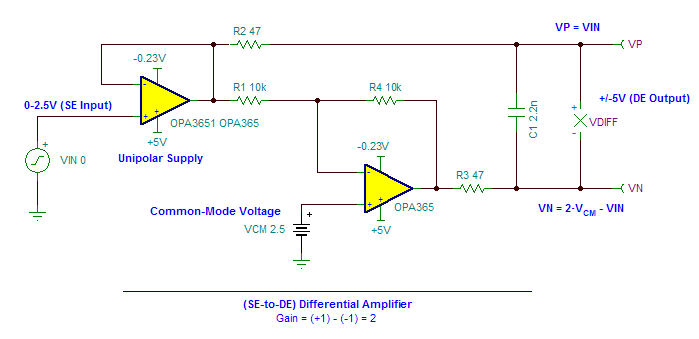Other Parts Discussed in Thread: ADS1256
Hello team,
I have questions about ADS1261 as following. Could you please support below?
1. External clock and data rate
We can apply 1MHz to 8MHz into the device as external clock, according to datasheet. Can I think data rate changes linearly? In other words, what data rate is expected when using for example, 3.6914MHz(half of nom. frequency) with 1200SPS register setting? We can get 600SPS then?
2. Unused analog inputs
Datasheet recommends connecting to mid-supply voltage or AVDD. If we connect it to GND, is what we face only large leackage current? or also any performance degradation?
3. REFOUT drive capability
Can we use REFOUT for ohter device's reference voltage?
4. Single ended application.
When input signal range to the device is 0 to 2.5V, what configuration do you recommend for best SNR performance? Although I think additional 1.25V can help for the situation, can AINCOM be used for the purpose?
Best regards,


